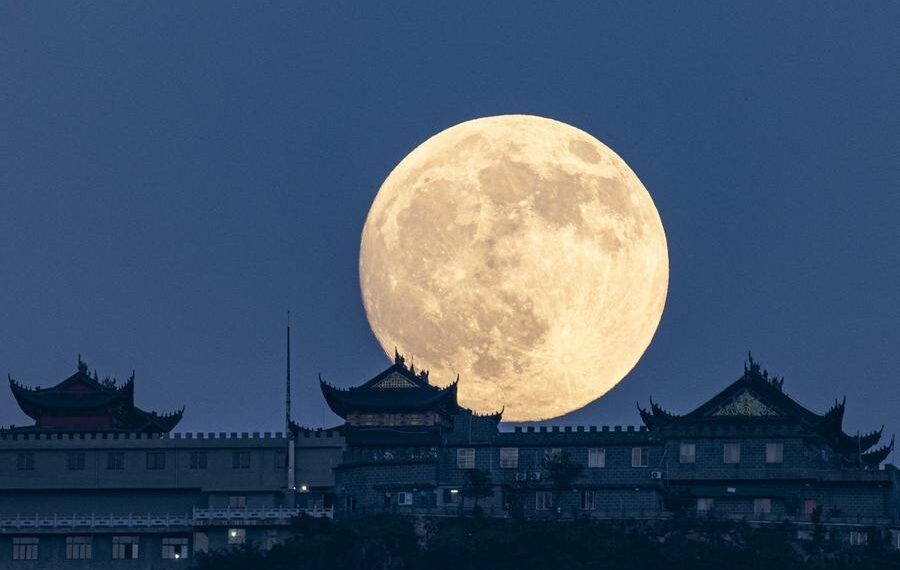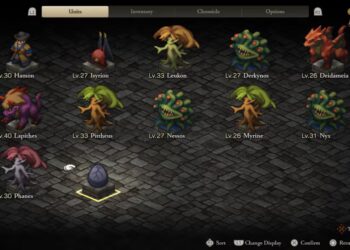Select Language:
Analysis of lunar farside soil samples gathered by China’s Chang’e-6 lunar mission has revealed that the mantle beneath the moon’s far side is cooler than that on the near side. This finding offers petrological and geochemical evidence of a temperature difference between the moon’s near and far side mantles, providing crucial data to better understand the moon’s development.
The research was carried out by scientists at the Beijing Research Institute of Uranium Geology, Peking University, and Shandong University, and the results were published in a scientific journal.
The moon serves as a historical record of the solar system’s evolution, with its mantle representing a significant chapter in this story. Located beneath the lunar crust, the mantle is the moon’s largest internal layer. Past volcanic activity on the moon was driven by materials rising from the mantle during its evolution, making the internal structure, especially the mantle, key to understanding its history.
Researchers analyzed basalt samples and used three separate thermobarometric methods to determine the temperature and pressure at which the basalt solidified. The basalt from the moon’s far side, collected by the Chang’e-6 probe and dated to about 2.8 billion years old, shows that the mantle potential temperature in this region is roughly 100 degrees Celsius lower than that of the near side basalt returned by the Chang’e-5 mission.
Focusing on specific areas with mare basalt formations, scientists utilized satellite data on surface chemistry to estimate mantle temperatures. They found that the farside mantle is approximately 70 degrees Celsius cooler than the nearside mantle. The results indicate a cooler mantle beneath the farside, aligning with observed differences in crust thickness and the distribution of heat-producing elements. These insights are essential for understanding the moon’s thermal history and contributing to theories about its asymmetrical global structure.
Previous research has documented significant variations between the lunar near and far sides in terms of terrain, elemental makeup, and rock types. The near side tends to be flatter with extensive lunar mare—large, flat basalt plains formed by ancient volcanic activity—covering over 30% of that hemisphere, while the far side features rugged terrain, including gullies, canyons, and cliffs, with only 1 to 2% covered by mare basalt.







